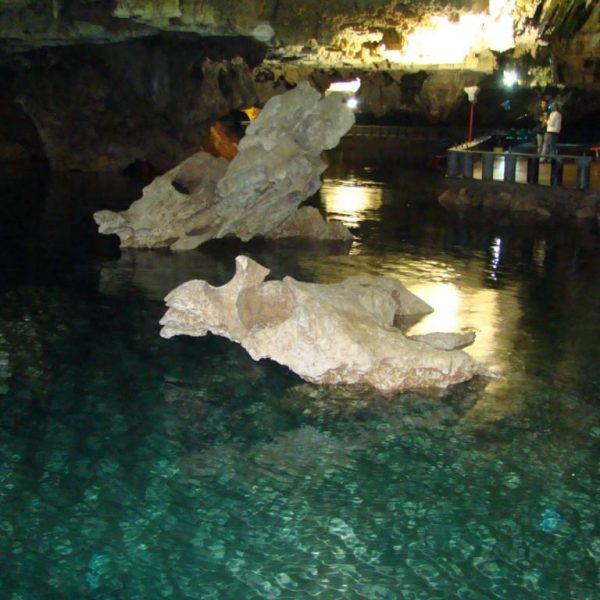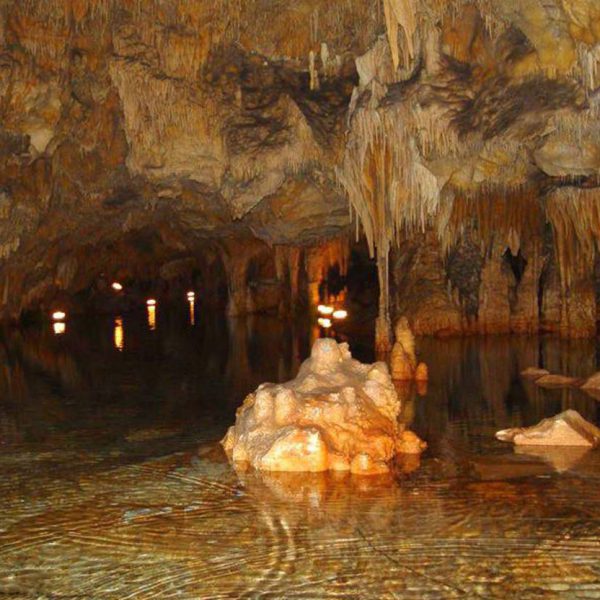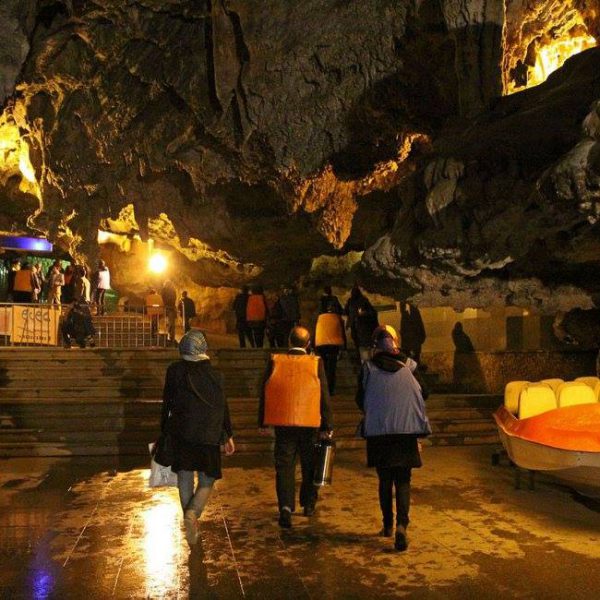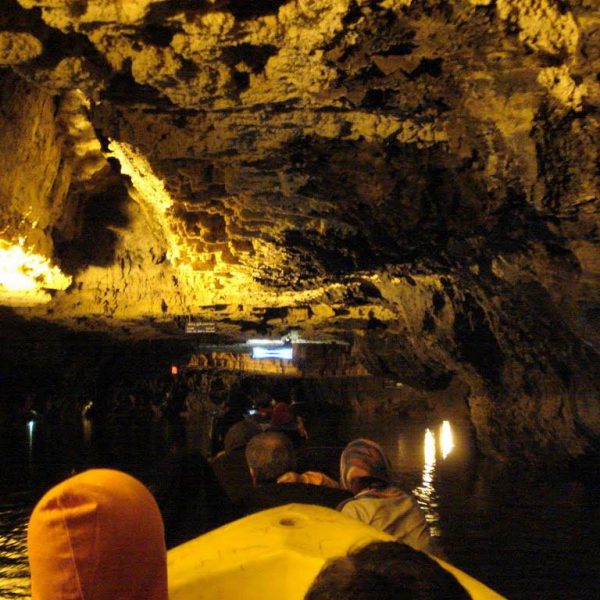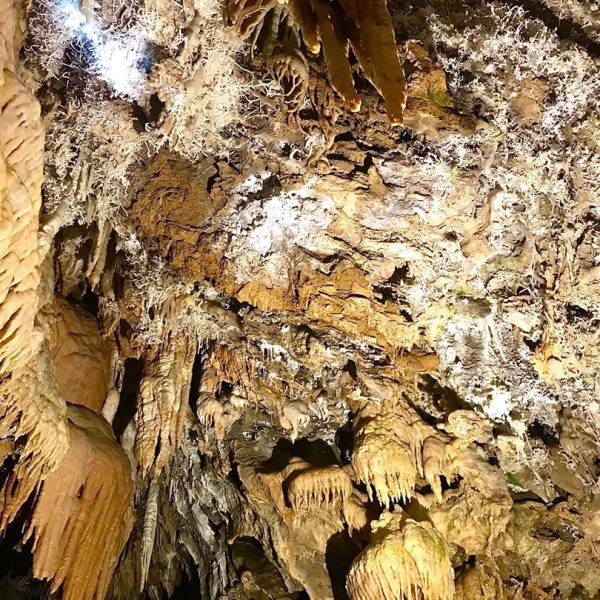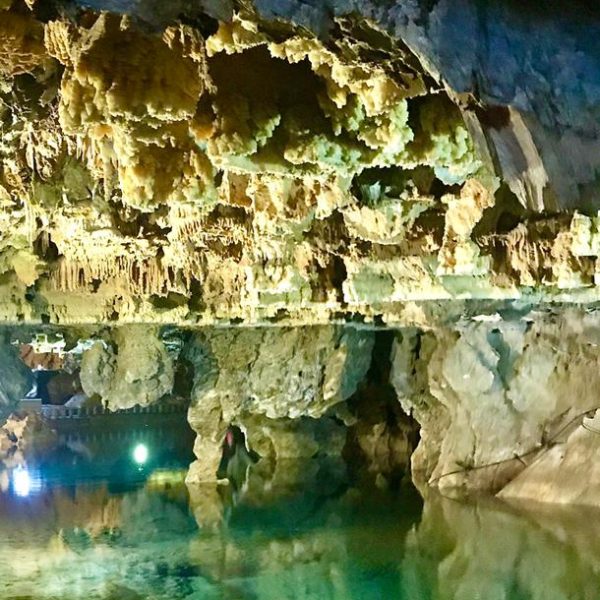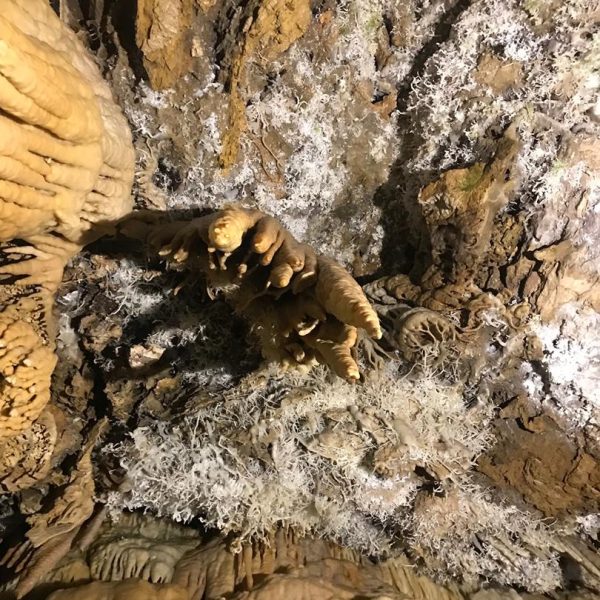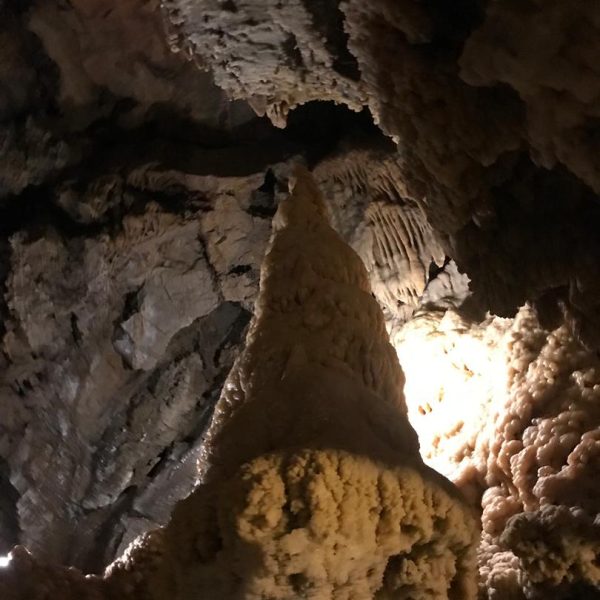Alisadr cave is the most famous cave in Iran, located 75 km northwest of Hamadan city, in Kaboudar Ahang . You can reach it in less than an hour from the city of Hamedan. This cave is in the list of the national natural monument of iran. Ali-Sadr cave , the only lagoon cave in Iran, is one of the largest and longest water caves in the world related to the Jurassic period (the Second geological period). In the hills where the Alisadr cave is located, there are two other caves by the names of Soo Bashi and Sarab Caves.The water present in Alisadr Cave, takes its source from that of the Sarab Cave. This amazing cave is situated at the height of 1980 meters above the sea level in Zagros mountain. The entrance parts of this interesting cave were used by people in the Safavid era (1501-1763). Alisadr cave was discovered by a team of mountain climbers and spelunkers of Hamedan in 1962-1963, and the entrance of the cave was widened 50 cm in 1973.Public use of this cave has begun since 1975. The cave area has numerous twist and turns corridors and a great lake inside, created by some streams of water which can be penetrated deep only by boat. The water of the lake is clean, however, it is not drinkable due to the presence of abundant calcareous salt in water. There are no living creatures in the cave’s water and its temperature is 12 degrees centigrade.
The ceiling of the cave is covered with a sedimentation of pure calcium carbonate and a mixture of other chemical compounds. Thus forming stalagmites of unique beauty and design, which draws the attention of visitors. The air within the cave is light and static. To date, all the canals of this cave have not been discovered, and only approximately 2,100 m. undefined have been recognized. the height of the ceiling is between 1-35 m. the width of the canals 2 – 15 m. undefined and the depth of the water 1 – 17 m. Within the cave, electric power, and paddling canoes (seating 4 persons) aid visitors to see parts of this cave.
In this cave, you will see various attractive shapes that have been formed over many years and attract every visitor. These shapes have names, such as cauliflower, needle, cave reed, snowflake, etc. In addition, new forms emerged after discovering new routes years later, such as the dragon’s claw, the square of columns, the eagle’s claw, the stone waterfall, the lion, the cave gate, Persepolis, etc.
Column Square is a large boulder that forms a column from top to bottom of the cave. Within the cave is a large boulder shaped like a waterfall. The dragon’s claw is a yellow stone descended from the roof of the cave-like a legendary dragon claw.
Eagle’s paw has a peculiar shape similar to an eagle’s foot. Persepolis is columns stretched from the ground up, and the capitals are very similar to the structure of Persepolis. There is a massive cresset in the middle of a section of the cave walkway known as the Great Cresset Hall.
Geologists believe that the rocks of this mountain pertain to the second geological period i.e. Jurassic (190-130 million years ago). Based on evidence within the cave, it was inhabited by primitive people.
The view inside of the cave is quite unique and its weather is cool in summer and warm and pleasant in winter. Some measures have been taken to increase the length of the waterways for boating as well as land routes which have added new and beautiful views to the experience of visiting the cave. Moreover, around the cave, there are accommodation, tourism, and recreational facilities around the cave area and also the possibility of mountaineering is provided in this area.
You can visit this cave daily, but its working hours are from 8 am to 6 pm in the first six months and from 8 am to 3 pm in the second six months. Hamedan is a cold province, and seeing its mountainous areas will be more difficult in winter. So we suggest the first half and warm months of the year visit Ali Sadr Cave.

